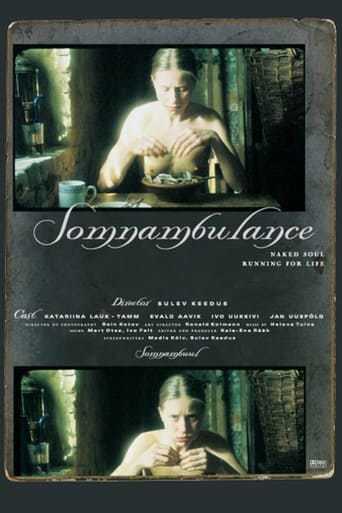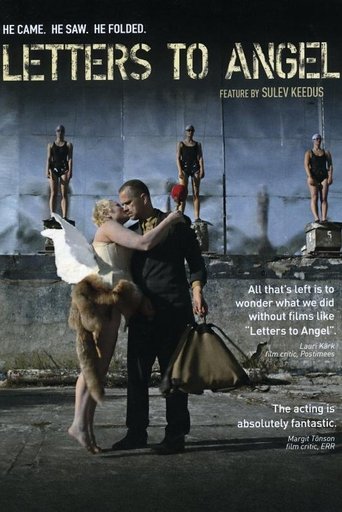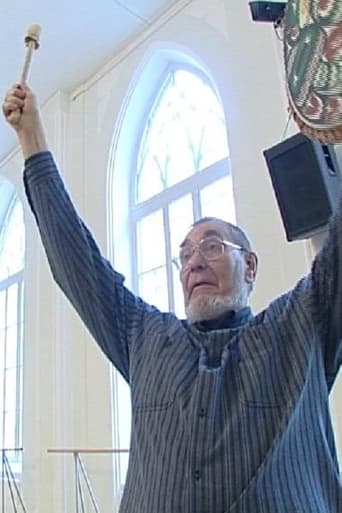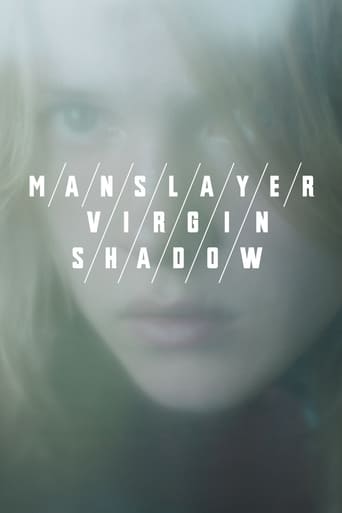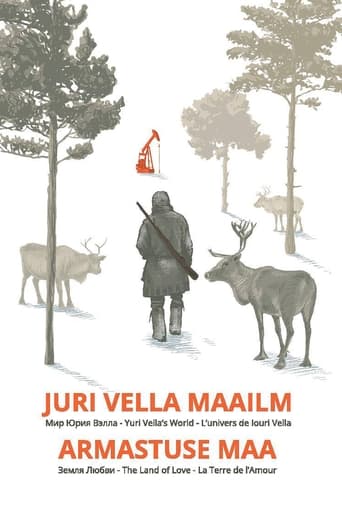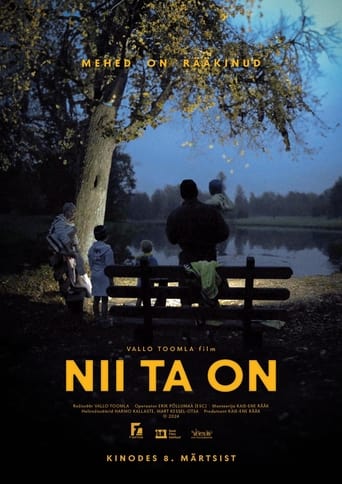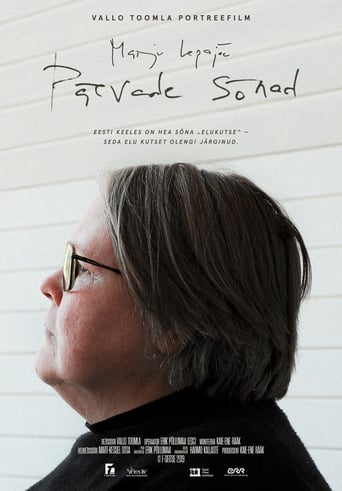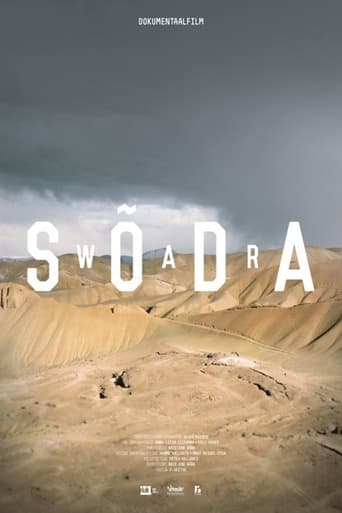Somnambulance 2003
Autumn 1944, Estonia. Tens of thousands of people leave their homeland in fear of approaching frontline. Some seashore villages remain completely empty. A young woman with huge grey eyes gets off the boat. Eetla leaves the last boat, thus giving up her last chance to escape. Defying the cold wind and rain of September, she returns to the lighthouse which is unexpected to her father Gottfrid, the lighthouse keeper, and herself. Eetla's return becomes her self-encounter and self-recognition.
